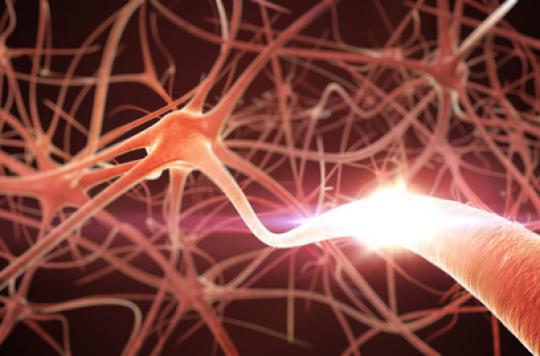The destruction of nerve cells, in the case of Parkinson’s disease, would not be due to degeneration but to an attack of the immune system.

It is a new step in the understanding of Parkinson’s disease. The genes involved in this pathology would not lead to degeneration of neurons, but their destruction by the immune system. The study, done on mice and published in the journal Cell by researchers at the University of Montreal, hypothesizes that the patients would not be suffering from a neurodegenerative disease but rather autoimmune.
Parkinson’s disease is a degenerative disease which causes the death of neurons and consequently disorders of the musculoskeletal system. The PINK1 and Parkin genes are involved in this disease. Scientists until now believed that the dysfunction of these two genes prevented neurons from shedding degraded and toxic mitochondria, a process called mitophagy. The excess of these intracellular organelles in neurons would thus cause their death.
The immune system involved
But Canadian researchers have found that even though the PINK1 and Parkin genes are defective, mitophagy is still functioning, meaning that the mitochondria are still degraded. But the problem would come from the fact that the dysfunction of these two genes would lead to an incomplete degradation of the mitochondria. Fragments are then produced which are recognized as antigens by the immune system. The neurons are then attacked by the white blood cells, which see them as foreign cells.
10,000 cases detected each year
According to the press, Dr. Desjardins, who is the lead author of the study, is currently testing with his team several molecules that could interfere with the production of these vesicles and limit the number of antigens on the surface of the neuron. Some drugs, like TGF beta, have a neuroprotective effect and are used without knowing how they work. The team is in the process of checking whether they would not prevent the formation of these vesicles.
In France, Parkinson’s disease mainly affects people aged 60 and is responsible for 3,500 deaths per year. 175,000 people are affected and 10,000 cases are detected each year.
.

















